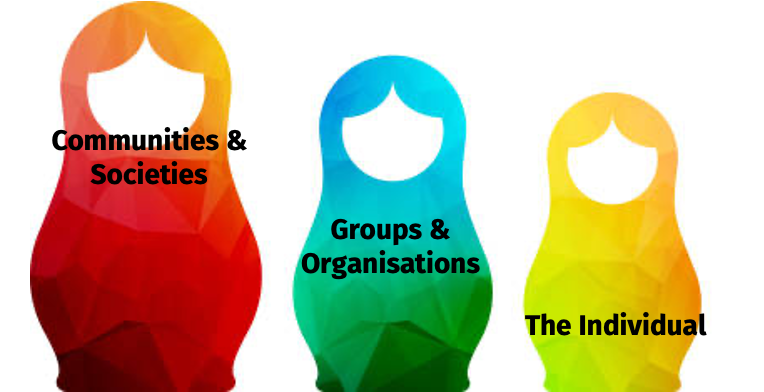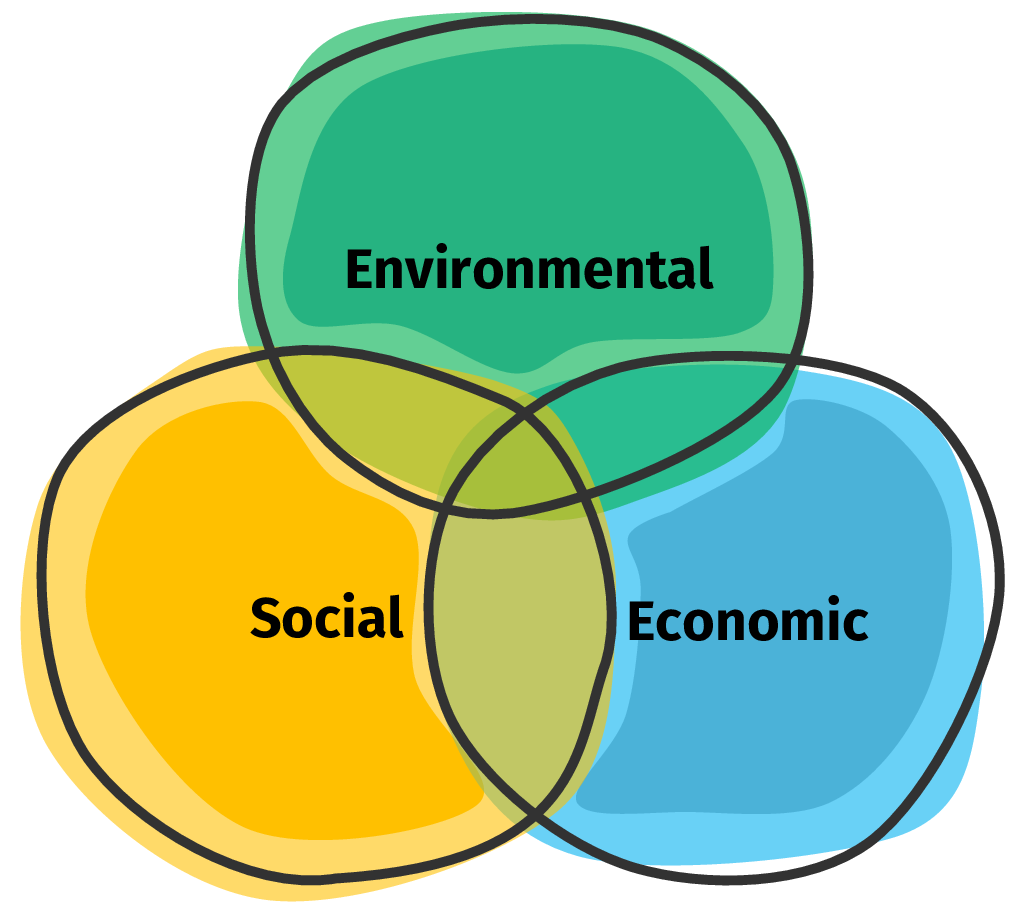Written by Retha van der Schyf
New mindsets and new horizons
We previously explored how a unique blend of both threats, and simultaneously an emergence of new opportunities has led us to reconsider how we interact with our world and the societies around us. We further examined how these same influences impact the evolution and acceleration of sustainability thinking, and ESG strategies in particular. Tangible environmental threats, a pandemic, more brittle economic conditions, increasing vocalisation of social inequalities and greater world knowledge of our fragile interconnectedness have redefined our appreciation of the context within which we operate. This in turn has challenged us to reframe old assumptions and the narratives we hold.
We concluded that to continue to thrive, we need to deeply challenge traditional ways of thinking. Bold questions and broader, systemic thinking will allow us to see much further into the future and across traditional boundaries – all with the single intent to remain resilient.
Fresh mindsets will allow us to envision new horizons and possibilities, which in turn awakens our human potential to solve and to create. For some of us this will feel like a burden, but for most of us this provides an extraordinary opportunity to innovate and give shape to a new way of doing business.

Shifting traditional roles & responsibilities
Defining us and we
Any transformational change that requires us to adopt new ways of doing will by implication result in changes to how we see ourselves and our roles and responsibilities, as well as what we can and should expect of others. But lets first clarify who is meant by “us and we”, and thereby “me and you”.
In the world of resilience and sustainability, us and we in the broadest sense, refer collectively to the Public Sector, the Private Sector and to Civil Society (“Sphere A”).
It simultaneously implies an individual of any background, an organisation of any nature and the local or collective societies within which we operate (“Sphere B”).

Finally, the context within which we operate comprises the Environmental, the Social and the Economic context (“Sphere C”)¹.

Changing times require changing roles
In our increasingly interconnected world, all 3 spheres constantly overlap and interact. If one part shifts even a little, all the other parts must adjust to find a new sustainable balance or equilibrium. We might hold different opinions on the extent to which environmental, social and economic conditions have shifted in the last decade. Still, the fact that it has shifted, even a little, is undeniable. To recalibrate to these changes and to continue to be resilient, we – each and collectively the Public Sector, the Private Sector and Civil Society, as well as all individuals, organisations and communities within which we operate – need to sensibly consider important questions such as:- How has my identity, purpose or the scope thereof changed?
- How has my roles and responsibilities changed?
- Have or should my expectations of others change (other actors in the spheres)?
Redefining roles and responsibilities through ESG
ESG is a sustainability framework largely used within Private Sector organisations, although it is fast being adopted by organisations of any nature. In the context of ESG, “we” refers to the organisation itself and “others” refers to the Public Sector, other Private Sector organisations and Civil Society.Organisations with robust ESG strategies accept that their purpose is changing to include contributing to assuring sustainable futures more holistically, beyond the traditional boundaries of the organisation. They proactively embrace new and even-handed responsibilities in relation to the environment, to economic & socio-economic conditions, and increasingly in relation to developing social wellbeing on a much deeper level than ever before. Progressive ESG strategies consider the key questions below to redefine appropriate responsibilities that will not only safeguard their own resilience, but in parallel the resilience of the world in which they operate. It is no longer assumed to be one or the other.
A. Within the organisation
- How do we sensibly combine profit with purpose² to ensure more sustainable futures?
- Forward looking, what are our roles & responsibilities, locally or broader, for environmental, economic and social resilience?
- How do we innovate and engender a culture of sustainability at every level within the organisation?
B. Beyond the organisation
- What roles and responsibilities do, can and should we expect from the Public Sector – locally or nationally – in terms of environmental, economic and social resilience?
- What roles and responsibilities do, can and should we expect from local individuals, communities, or more broadly, Civil Society, in terms of environmental, economic and social resilience?
C. In-Between the organisation and others
- How do we redefine boundaries and distribute new roles and responsibilities between ourselves versus our communities or Civil Society, other Private sector organisations or the Public Sector to achieve greater environmental, economic and social resilience?
- How do we collaborate with our communities or Civil Society, other Private sector organisations or the Public Sector to achieve greater environmental, economic and social resilience?
In Closing
This way of thinking is not new to mining and especially not new to mining in Namibia where the industry has been embracing expanding environmental, social and economic impact thinking long before ESG became mainstream. New times however prescribe new measures, possibilities and boundaries.
The exciting new frontiers in Namibia’s mining industry, coupled with advanced global sustainability thinking, are beckoning for a new wave of transformative thinking and doing. I for one am excited to observe the next evolution of the mining industry’s innovation and sustainability impact that will result from this extraordinary opportunity, as it embraces new roles and responsibilities in designing new horizons.
¹These 3 spheres of 3 are referred to as the Salients Trilogy of Transformation.
²Purpose is used in this context to refer to resilience impact.
About the Author
Retha van der Schyf is a socio-economic strategist that works with private sector, CSOS and government organisations to transform economies, societies and conurbations. For more about the author, refer to:https://www.linkedin.com/in/rethavanderschyf/

